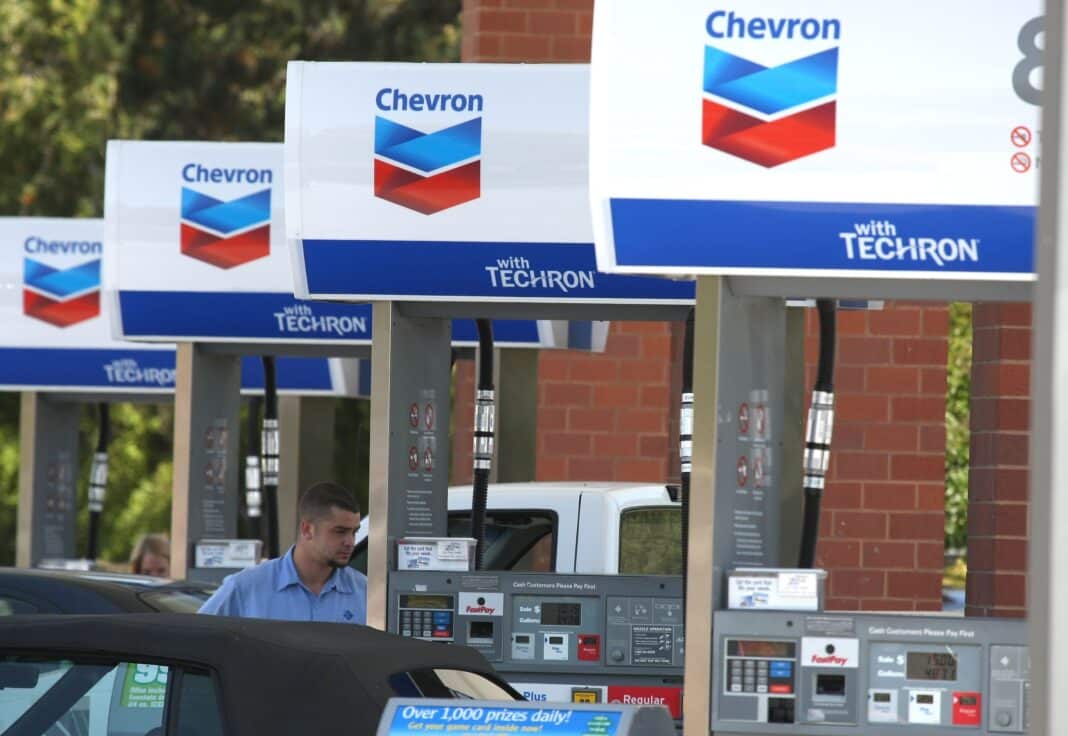Chevron recently announced a $10 billion dollar investment into low carbon business initiatives. Half of that budget will be spent on reducing emissions from fossil fuel initiatives.
Here is the breakdown of the investment:
-
- $3 billion for Carbon capture and offsets
- $2 billion on reducing greenhouse gas
- $3 billion on renewable fuels
- $2 billion on hydrogen energy
To achieve this Chevron will increase:
-
- Renewable fuels production to 100,000 barrels per day
- Renewable natural gas output to 40 billion British thermal units (BTUs) per day.
- Hydrogen production to 150,000 tonnes per year to provide industrial, power, and heavy-duty transportation clients
- Carbon capture and offsets to 25 million tonnes per year.
This $10 billion investment’s goal is to reduce greenhouse gas emissions from its oil and gas production by 35 percent by 2028.
The company will be releasing its climate report later this year and will revisit its net-zero goal at that time.
Critics have stated that Chevron’s focus is on offsetting emissions from oil and gas production rather than lowering oil output.
European oil companies have set the benchmark for the transition away from fossil fuels by investing more in renewables and meeting 2050 emission objectives.
Chevron CEO, Michael Wirth, said the only a small percentage of the company’s shareholders presently support a European oil company strategy of investing in less lucrative solar and wind power.
US-based Chevron, Exxon, and Occidental Petroleum have also pledged to cut carbon emissions by supporting carbon capture and storage and doubling down on oil.


